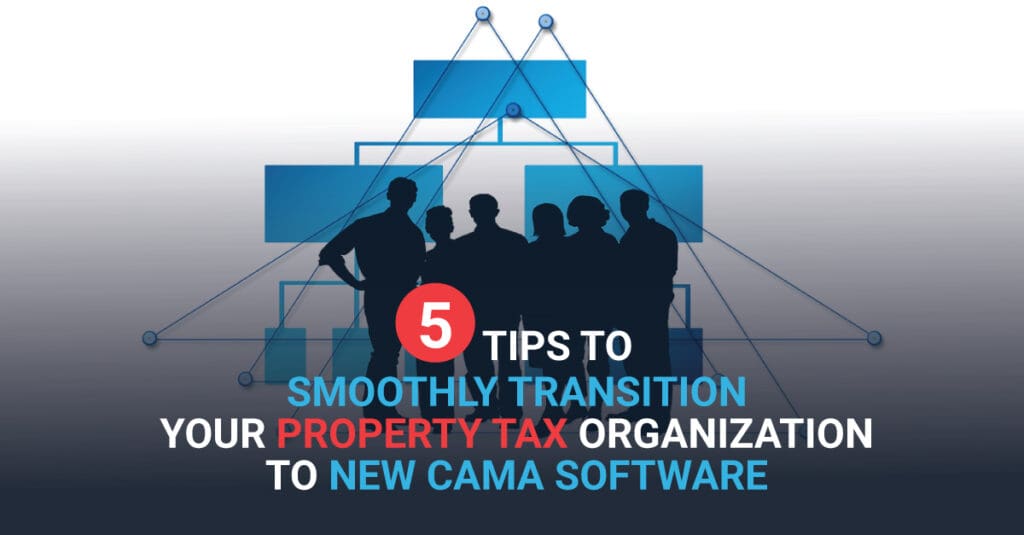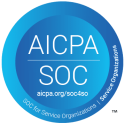You’ve thought it through — and have a long list of reasons to consider moving to a new generation of CAMA software to better your organization’s property assessment capabilities and outcomes. Those reasons may include improvements such as:
• Enhanced appraisal insights and valuation accuracy using advanced, GIS-centric approaches to property and valuation information and analysis
• Thoughtfully automated, streamlined, and tracked workflows that capture and manage key processes, minimize paper trails, and maximize operational efficiencies
• Refined data integrity and access stemming from built-in data validation and completeness checks that ensure the accuracy of the data going into your system — and user-friendly reports and query tools that provide access to the information coming out of it
You already know you’re going to face technical challenges, like those involved in establishing your system requirements, configuring and integrating your software, and migrating and testing your property tax data.
But have you considered the human challenges — the ones that are inherent in having your people transition to new CAMA software? In our experience, preparing your people for and supporting them through such a change is essential to the successful adoption of your new system. And we have 5 tips that will help you do it.
Tip #1: Establish and Reinforce Your Project’s Vision
It’s easy for individuals to get caught up in the details of what they do and how they do it. And those details are important. But they are also just one piece of a much larger picture, and it’s that larger picture, that overall vision, that needs to be established, communicated, and kept front and center to prevent entire teams from getting bogged down.
Our advice: To help keep your people on track, continually paint that fuller picture of what’s to come.
Tip #2: Agree Up Front to Open, Clear, and Honest Communication
Many of your people likely think primarily in functional (or business) terms. Many of ours — and those of other CAMA software providers — think primarily in technical terms. To avoid incorrect assumptions, miscommunications, and ideas getting lost in translation, it’s crucial to establish open, clear, and honest channels for communication.
Our advice: Establish communication ground rules and expectations early on to meet the needs of all parties and ensure effective dialogue.
Tip #3: Create a Support Network and Identify Positive Influencers
Change means letting go of the old and embracing the new. And many of us have difficulty with the letting go part. In the context of making the switch to new CAMA software, this can manifest in a myriad of ways, not least of which are sadness or anger or even attempts to cling to old, familiar ways of doing things. Helping your people navigate this transition is critical to your organization’s ultimate success.
Our (two-part) advice:
First, create a support network of strategically placed people throughout your organization. These individuals can start by validating users’ feelings and then move on to helping them learn about, fully understand, and eventually accept the new processes. Good listening skills are a must for folks in this network.
Second, identify and leverage positive influencers in your organization who can quietly, and behind the scenes, encourage your people to give the new software a chance — to try it and be open to the possibility that they might even like it, or at least appreciate it.
Tip #4: Build a Bridge Between Current and Future Realities
Change can be hard, it’s true, and abrupt change can be even more daunting. If we can establish connections between where we’ve been and where we’re going, we may find it easier to begin moving in the desired direction.
In making the changeover to new CAMA software, you can build those connections by deliberately and routinely relating new ways of doing things to old ways. You can help your people learn new processes by framing them in terms of old, familiar ones.
Our advice: Understand your peoples’ current reality — how they interact with the old system — and use that understanding to help them adapt to their future reality, the reality of the new system.
Tip #5: Train People Using Their Own Data
Most of us have an easier time dealing with the concrete rather than the abstract. In terms of training, this manifests in the difference between using real data versus “dummy” data. Users who are trained on new software with dummy data inevitably find themselves deep in discussion about the data (because it’s abstract) and distracted from the lessons training is designed to impart. Even worse, they may walk away having internalized a negative association — one that has nothing to do with the new software itself.
Our advice: When you train your people on new CAMA software, use your own data — concrete, familiar, jurisdictional data that doesn’t distract. Doing so allows people to focus fully on the lessons you really want them to learn.
Pulling It All Together
You’re sold on the manifold benefits of new CAMA software. You know there will be technical challenges to overcome. But maybe you haven’t fully anticipated or planned for the human challenges — the stumbling blocks to having your people successfully transition to a new system. Experience tells us the following 5 tips can help smooth the way:
1. Establish and reinforce your project’s vision.
2. Agree up front to open, clear, and honest communication.
3. Create a support network and identify positive influencers.
4. Build a bridge between current and future realities.
5. Train people using their own data.
If you’re interested in learning more about how to handle the human (or technical) challenges inherent in transitioning to new CAMA software, reach out to us here. We want to help your organization — and everyone in it — achieve their full potential.





